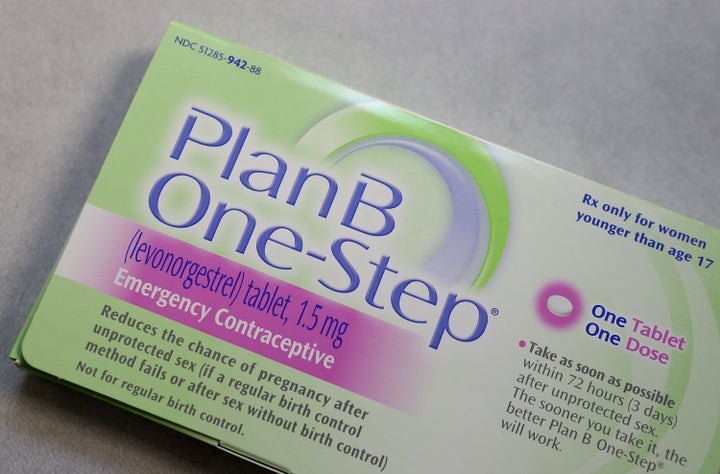
WASHINGTON -- A long-overdue policy update will ensure that Native American women have better access to emergency contraception at Indian Health Services facilities.
In 2013, a federal court ordered the Food and Drug Administration to approve over-the-counter use of Plan B One-Step, the emergency contraceptive, for “all women of reproductive potential.” But numerous investigations had found that IHS facilities have failed to comply with the FDA’s new guidelines.
On Friday, the IHS released its written policy to mandate that the program allow patients seeking Plan B to be able to obtain the pill without a prescription, and cease barring teenagers from accessing the pill. The IHS had previously left it up to individual service units to decide how to dispense the pill, leading to the patchwork of policies across Native American and Alaska Native communities.
“The policy must now be rigorously enforced so that every woman who relies on IHS for her health care can walk into an IHS pharmacy and obtain the services she needs and to which she is legally entitled,” ACLU Legislative Counsel Georgeanne Usova said in a statement following the publication of the policy update.
The Native American Women’s Health Education Resource Center released a survey demonstrating that most of the IHS facilities were imposing age restrictions on Plan B, contradicting the FDA’s product labeling for the drug. And a group of Democratic U.S. Senators, led by Barbara Boxer (Calif.), had urged the Department of Health and Human Services in March to improve access to Plan B at IHS facilities after a survey conducted by Boxer’s staff found that some IHS locations did not offer emergency contraception at all. (The DHHS administers the IHS).
“We have been fighting for this for over five years,” Charon Asetoyer, the director of the Native American Women’s Health Education Resource Center, told Indian Country Today.

Plan B is most effective when taken within 72 hours of contraceptive failure or unprotected sex. It contains a high dose of levonorgestrel, the same hormone used in many birth control pills.
The drug is more effective the sooner it’s taken, but Native Americans living on reservations may find themselves traveling long distances to find a private pharmacy that stocks the drug, which can cost anywhere from $30 to $60. IHS facilities are supposed to provide the drug at no cost.
Timely access to Plan B is crucial for those hoping to prevent an unintended pregnancy, like rape survivors. Native Americans in particular face higher rates of sexual assault than the rest of the population: One out of three Native American women will be raped during her lifetime, according to the ACLU.
There are already other barriers to accessing emergency contraception for Native Americans. Twenty-seven percent of all self-identified Native Americans and Alaska Natives live in poverty, according to the U.S. Census Bureau, and some of the poorest counties in the U.S. encompass Sioux reservations in North and South Dakota.

